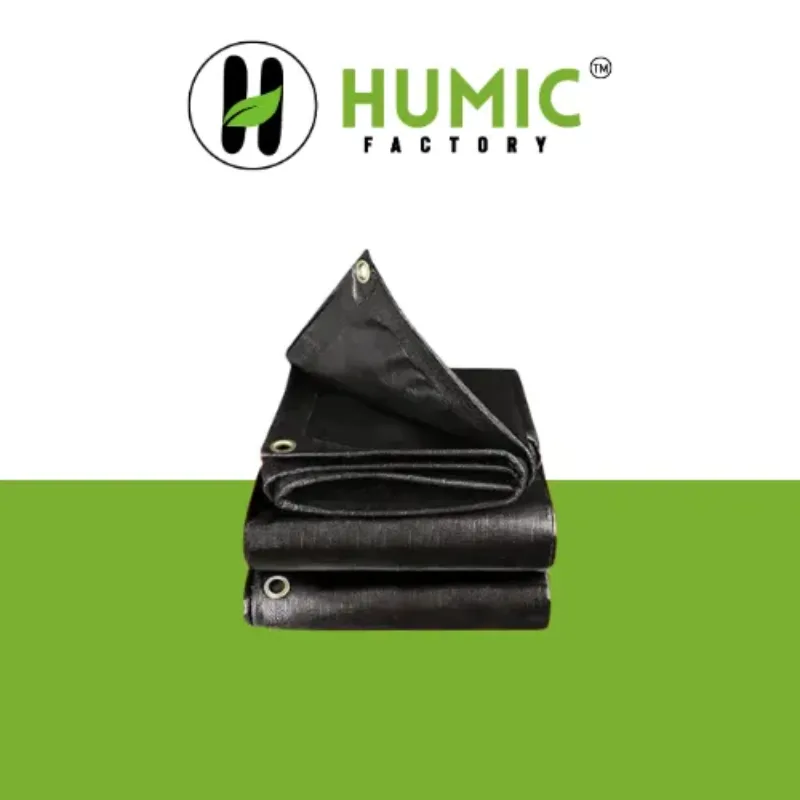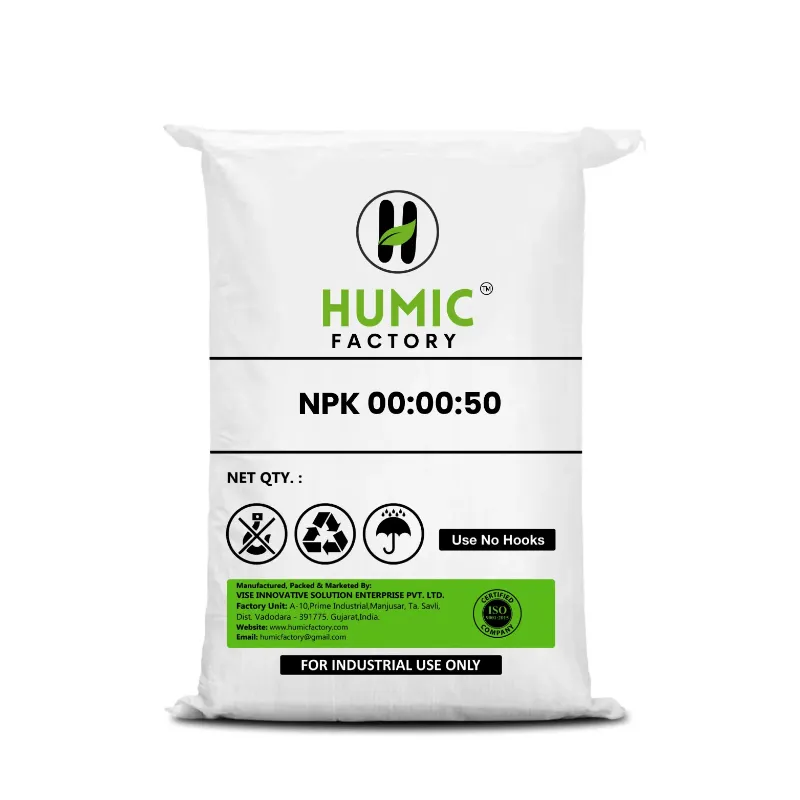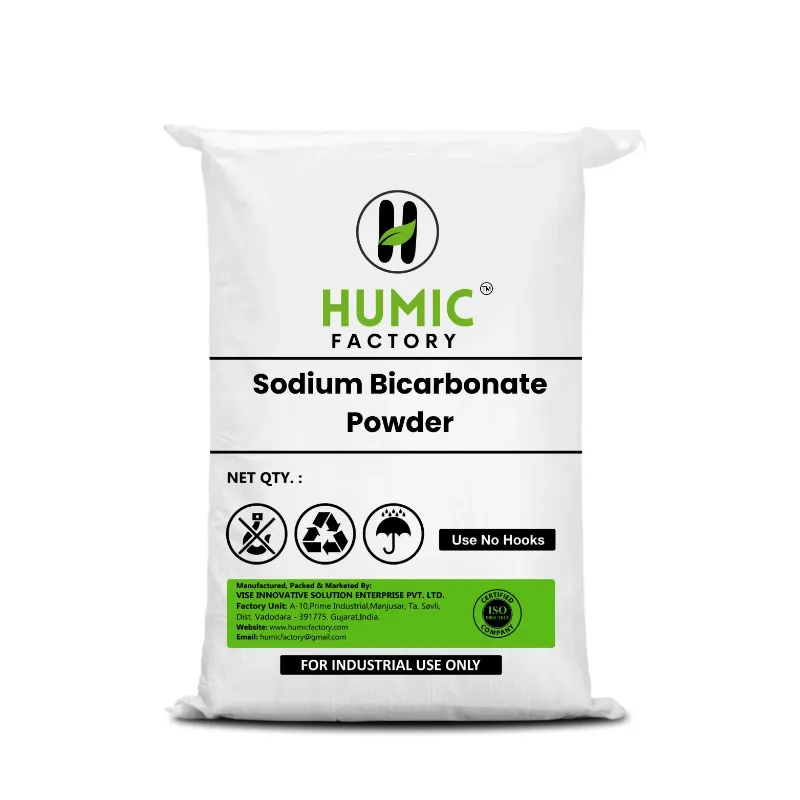Seaweed is an important plant from the ocean whose nutrients are many. Seaweed has remained integral to coastal cultures for centuries. People living along the coast have been consuming and cherishing it for ages.
Seaweed is marine algae found in oceans, seas, and some freshwater regions. It underwater boasts a variety of nutrients and essential constituents. In addition, it comes abundantly in multiple forms, colors, and textures.
Seaweed also provides a edges offering natural iodine, vitamins, minerals, antioxidants, and other sea weed plant compounds. Not only does it help humans, but also combats soil infertility and aids skin. Seaweed is gentle and laden with nutrients making it versatile—wonderous for all.
The Three Main Types of Seaweed
Seaweed can be categorized into three different types of seaweed based on color and composition:
Brown Seaweed (Phaeophyceae)
- Most Common: Kelp, Kombu, Wakame, Ascophyllum Nodosum.
- Popular for being rich in Alginate, iodine, and Fucoidan.
- Great base for soups, broths, and even snacks convenient for on the go.
Red Seaweed (Rhodophyta)
- Most Common: Nori, Dulse, Irish Moss, Agar.
- Classified under high protein foods enriched with antioxidants as well. They are rich in carrageenan making red seaweed extremely famous.
- Commonly used in sushi wrap, salad, as well as in some vegan gels
Green Seaweed (Chlorophyta)
- Moderately Known: Sea Lettuce (Ulva), Enteromorpha.
- Described to be light and fresh, they are indeed rich in chlorophyll as well as other essential minerals.
- Best for rejuvenating salads as garnishes, and even smoothies.
Types of Seaweed List (Quick Reference)
Key Benefits of Seaweed
Each type of seaweed brings its own goodness:
- Supports thyroid health (rich in iodine)
- Boosts immunity and gut health (fiber and polysaccharides)
- Provides antioxidants that fight inflammation
- Offers vitamins A, C, E, K, and B-complex
- Enhances skin health and hydration
- Promotes sustainable food and farming practices
Introduction – What Is Seaweed and Why Is It So Valuable?
Seaweed is unpretentious and traditional and offers a multitude of benefits which centuries of sea-side cultures thrive on.
When you delineate “seaweed”, it refers to sizeable algae growing in oceans and seas with an abundance of nutrients.
Define Seaweed: Nature’s Marine Superplant
- Seaweed is a plant-like organism that thrives underwater.
- Unlike land plants, seaweed devoid of the structures like roots and directly soaks up water for nutrients.
- Not much differs from treasure as it's minerals, vitamins, and fiber while providing antioxidants.
Also, the self sustaining economy seaweed nourishes, acts as a philosopher stone in agriculture, cosmetics, medicine, and environmental sustainability.
Simply put: Seaweed = serving as the ocean’s version of superfoods.
How Seaweeds Are Classified and Where They Grow
Seaweed flourishes with different types too which are categorized by color and habitat:
Types of Seaweed: List of 3 Main Groups
- Brown Seaweed (Phaeophyceae)
- Predominantly found in colder ocean waters.
- Examples: Kelp, Kombu, Wakame.
Red Seaweed (Rhodophyta)
- Grows in both tropical and temperate regions.
- Examples: Nori, Dulse, Irish Moss.
- Chlorophyta (Green Seaweed)
The Three Different Types of Seaweed Explained
Nutritional value and different growing conditions. Similarly, types of seaweed are categorized by their color, habitat, and nutrient value. Knowing the categories of seaweed helps one select a type for diet, skin care, agricultural, or health purposes.
When defining seaweed, we mean algae growing in salt or sometimes fresh water. These plants lack true roots, stems, or leaves found in land plants. Instead, they take in nutrients directly from the water around them. There are many different types of these plants, but the majority can be placed into three key types: brown, red, and green.
Brown Seaweed – Kelp, Kombu, and Wakame
Some of the most popular used varieties of seaweed are brown seaweeds. These types usually grow in cold waters rich in nutrients and have a high concentration of iodine, fucoidans, alginates, and other minerals.
Kelp (Laminaria spp.)
- Kelp is one of the most nutritionally powerful seaweeds. Its high content of iodine, calcium, and antioxidants makes it a popular ingredient in powdered supplements, broth, and seaweed fertilizers.
Kombu (Saccharina japonica)
- Widely used in Japanese cuisine for preparing dashi broth, which has umami flavor, kombu is known for incorporating rich nutrition of dietary fiber and minerals.
Wakame (Undaria pinnatifida)
- Popular for use in soups and salads because of its mild flavor and smooth texture, wakame is known to contain fucoxanthin which aids metabolism and may assist in weight management.
Brown seaweeds serve a greater purpose as they are widely used in cooking and are also recognized in agriculture and skincare, all due to their high nutritional value and bioactive compounds.
Red Seaweed – Nori, Dulse, Agar
Nori (Porphyra spp.)
- Known worldwide for its use in sushi rolls, nori comes in a thin, paper-like form and contains a lot of protein, vitamins A, B12, and iron.
Dulse (Palmaria palmata)
- With a high content of potassium, dulse is often described as bacon due to its savory profile. It can be consumed raw or dried as a snack, and is also delicious when cooked.
Agar (Gelidium spp. and Gracilaria spp.)
- Agar is extracted from red algae and comes in the form of gel-like substances. Currently, it is widely used around the world as a vegan gelatin substitute in desserts, jellies, and even in cultures from laboratories.
Apart from adding taste and having antioxidant properties, red seaweeds have considerable importance due to their gelling abilities thus are used extensively in numerous domains.
Green Seaweed – Sea Lettuce and Ulva
Green seaweeds are often located in shallow oceanic waters, and are absent from freshwater regions. They are rich with chlorophyll, vitamins and minerals, and utilized as fresh components in salads, as well as in dry form and supplements.
Sea Lettuce (Ulva lactuca)
- Commonly known as seaweed, sea lettuce has the shape of leafy vegetables, and bears mild and slightly salty flavor. It can be consumed raw, or added to salads, soups, and stir fried dishes. It is also rich in protein, calcium, magnesium, and dietary fiber.
Ulva (Ulva spp.)
- Species from this region are highly valued culinarily, often prepared in side dishes or soups. With detoxification properties, high chlorophyll content supports cellular health.
Recognized for these attributes, green seaweeds are consumed for their mild flavor paired with easy incorporation into cooked and raw dishes.
A Detailed Types of Seaweed List You Should Know
Seaweed is described as an algae found in the sea which holds dense nutrients and can be used for food, medicine, agriculture, and also industry. Seaweed has diverse types that can serve many roles and not just be considered as food.
Below is a detailed types of seaweed list where they are classified into edible, medicinal and agronomical or industrial types, depending on how they are utilized across the globe.
Edible Types: Nori, Kelp, Wakame, Dulse
The list of nutritious seaweeds that are consumed includes dulse, nori, wakame and kelp which have great nutritive value for centuries and can be easily digested. Such types of seaweed are well known and used in different cuisines. They serve as natural sources of vitamins and minerals along with fiber and antioxidants.
- Nori: Nori is considered a red seaweed and is popular for being the wrapper of sushi rolls. It has mild flavor sushi lovers adore, and it is also packed with a protein, vitamin A, vitamin B12, and iron. Besides being a snack, nori is used as seasoning too.
- Kelp: Kelp is a prolific brown seaweed that is often classified with ikame as they are both rich in iodine, calcium, potassium, and alginates. It is commonly used in soups and broths as well as a thickening agent in various food products. Kelp also plays a major role in weight management and regulating the body’s metabolic processes due to its iodine content.
- Wakame: Wakame is a brown seaweed with a smooth texture which has a slightly sweet flavor. It is often incorporated into miso soups, salads, and stir-fried dishes. Wakame contains fucoxanthin which may aid metabolism in addition to fat burning.
- Dulse: Dulse teaches is a red seaweed that is recognized by its chewy texture and mildly salty to smoky flavor. It may be eaten raw, cooked, or dried as a snack. Dulse is rich in potassium, magnesium, and protein and is often added to salads and soups for better nutrition.
Adding these types of seaweed as part of our daily diet can be very beneficial for health because they are nutritious and delicious.
Medicinal Types: Bladderwrack, Irish Moss
As well as nutrition, some seaweeds are valued for their medinal benefits. Traditionally, they have been used in herbal medicines to support the body’s functions like the thyroid, respiration, and general heath support.
Bladderwrack (Fucus vesiculosus)
- Bladderwrack, or Fucus vesiculus, is a brown seaweed rich in iodine, algoe, and fucoidans. It is known to support thyroid health, improve metabolism, and reduce inflammation. Traditionally used in natural remedies, bladderwrack is often found in supplement form today.
Irish Moss (Chondrus crispus)
- Irish moss or Chondrus crispus is red seaweed traditionally used to thicken foods as a result of carrageenan’s gel-forming properties. It is used for medicinal purposes which aids the respiratory system, calms mucous membranes and enhances immune functions. Most common form is the gel or as a smoothie booster.
These types of seaweeds are gaining notoriety for their natural healing properties and are sought after in modern wellness regimens and holistic health products.
Agricultural and Industrial Types: Ascophyllum nodosum, Laminaria
These types of seaweed are not consumed as food, but are valuable in the agricultural and industrial fields.
Ascophyllum Nodosum
- Ascophyllum Nodosum are brown algae harvested primarily for agri-business. It serves as an organic fertilizer and biostimulant, enhancing plant vigor, soil health, and crop yields. It’s also used in animal feed as well as a source of alginates in the food sector.
Laminaria
- lIndustrial uses of Laminaria species brown algae are one of the dominant types of seaweed. As a seaweed, Laminaria is abundant in alginates that are used as thickening agents in food products, cosmetics, and even in the field of medicine.
Brown seaweeds exhibit potential adjuncts of greater importance of which alginates are plentiful linking it to the area of sustainable development.
Environmental and Agricultural Uses of Seaweed
In regards to seaweed, one often thinks of it as food, however, its applications revolve greater than that. Seaweed is a veritable environmental tool, agricultural resource, and an important material for various industries, including construction and cosmetic. Seaweeds have diverse uses surpassing culinary applications. The application of seaweeds is essential to sustainable living.
Seaweed as Organic Fertilizer and Soil Conditioner
Systems of organic farming is one of the most value agricultural applications of seaweed. Several species of seaweeds are known to have bioactive compounds that aid in plant and soil nutrition and Increase plant yield. Seaweed is increasingly becoming popular as a natural alternative to chemical fertilizers.
- Cytokinins, auxins, and gibberellins, which are plant hormones are found in seaweed extracts. These hormones bring about plant growth by stimulating it.
- It helps advanced root system, flowering and general vigor of the plants.
- Binds particles together to form larger aggregates which yields a balanced soil structure thereby improving moisture retention and overall microbial activity.
- The use of seaweed leads to reduced dependence on synthetic fertilizers, therefore making it possible to sustain chemical free agriculture.
Among the types of seaweed used in agriculture, Ascophyllum nodosum and Laminaria are two of the most popular because of their high nutrient value and effectiveness in enhancing crop yield.
Seaweed Farming’s Role in Climate-Smart Agriculture
Besides its application in soil management, seaweed farming is also important in climate smart agriculture. Seaweed helps to reduce the greenhouse gases that contribute to climate change as it absorbs carbon dioxide in the course of its growth.
- Marine horticulture has no need for freshwater, fertilizers, land, or any other resources, making it sustainable.
- As a result, it reduces the acidity of the oceans by removing excess CO2 from seawater.
- Seaweed farms create habitats for a variety of coastal organisms, thus fostering coastal biodiversity.
In addition to the above, seaweed can also be incorporated into crop rotation systems, composting systems, permaculture designs, and even more broadly within regenerative agricultural frameworks.
Given the current trends towards climate change awareness, the expansion of seaweed farming represents a low impact and scalable solution for food production and carbon capture.
Seaweed in Skincare, Biofuel, and Packaging
Moreover, these seaweed species are branching out to new sectors including beauty, energetic, and packaging which greatly impacts agriculture and the surrounding ecosystems.
- In skin care, Irish Moss and Bladderwrack seaweed extracts help hydrate the skin and soothe inflammation. They also possess antioxidant properties. These extracts help to maintain the skin’s elasticity, reduce skin inflammation, and provide natural nourishment.
- In biofuel, seaweed is being researched as a potential renewable energy source. Unlike biofuels that come from land, seaweed does not need farmland or freshwater resources, and it grows quickly.
- In packaging, plastic waste in oceans and landfills can be reduced through the use of bioplastics made from seaweed, as they are compostable and biodegradable, unlike traditional plastics.
These examples highlight the innovative uses of seaweeds beyond mere culinary purposes, showcasing its value across diverse industries.
Sourcing, Storage, and Safety Tips for Seaweed Use
It is important to properly source, store, and safely consume the different types of seaweed. Whether you’re using seaweed for cooking, supplements, skincare, or agriculture, proper handling ensures you receive all its nutritional and functional benefits.
When you define seaweed, you are referring to marine algae that thrive in ocean waters, offering a wide spectrum of nutrients and bioactive compounds. However, like any natural product, quality matters greatly.
Where to Find Quality Seaweed (Fresh or Dried)
The first step to enjoying the full benefits of seaweed is selecting high-quality products. Many edible and functional varieties are now available in both physical stores and online.
- Look for seaweed products that mention specific types of seaweed list on the label, such as Nori, Wakame, Dulse, or Kelp.
- Choose organic-certified seaweed whenever possible, as these are harvested from clean waters and tested for contaminants like heavy metals.
- Reputable sources include organic markets, Asian grocery stores, health food stores, and verified online platforms that specialize in natural or marine-based products.
- Seaweed harvested from regulated aquaculture farms generally offers better traceability, safety, and consistency in nutrient content.
Knowing the different types of seaweed and their origins allows you to choose the most appropriate variety for your intended use, whether culinary, medicinal, or agricultural.
Proper Storage and Shelf Life
Like all natural foods, types of seaweed require proper storage to maintain their freshness, nutrient integrity, and flavor.
- Dried Seaweed:
- Dried seaweed, including Nori, Kelp, Wakame, and Dulse, should be stored in airtight containers away from moisture, light, and heat. Kept in a cool, dry place, most dried seaweed has a shelf life of 1 to 2 years.
- Fresh Seaweed:
- Fresh seaweed should be kept refrigerated and used within a few days. If freezing, portion it into smaller bags to maintain quality upon thawing.
- Seaweed Powder or Flakes:
- Seaweed powders, often made from types of seaweed list like Ascophyllum nodosum or Laminaria, should be stored in sealed containers to prevent clumping and exposure to humidity. Check for expiration dates on commercial products.
Proper storage helps preserve the delicate flavors, nutrients, and beneficial compounds that make seaweed such a valuable addition to diets and agriculture.
Guidelines for Safe Consumption
While seaweed offers many nutritional benefits, it must be consumed responsibly, especially due to its iodine content and potential environmental contaminants.
- Consume a variety of different types of seaweed to balance nutrient intake.
- Moderate daily consumption is recommended, particularly for people with thyroid disorders, as some seaweeds are extremely rich in iodine.
- Always wash fresh seaweed thoroughly to remove sand, debris, and potential pollutants.
- Avoid seaweed collected from unregulated or polluted waters, as these may contain excessive heavy metals or toxins.
- Check for any added salt, preservatives, or flavor enhancers in packaged products.
Following these safety guidelines allows you to enjoy the full benefits of types of seaweed while minimizing any health risks.
FAQs
Q1. How do you define seaweed in simple terms?
Seaweed is a type of marine algae that grows in oceans and is rich in nutrients, making it useful for food, medicine, agriculture, and industry.
Q2. What are the three main types of seaweed?
The three main types of seaweed are brown, red, and green, each with unique nutrients and uses.
Q3. Can you provide a types of seaweed list for cooking?
The types of seaweed list for cooking includes Nori, Kelp, Wakame, Dulse, Kombu, and Sea Lettuce.
Q4. Is seaweed good for your health?
Yes, the different types of seaweed are rich in iodine, vitamins, antioxidants, and fiber, supporting thyroid health, immunity, and digestion.
Q5. Where can I buy edible seaweed?
You can buy edible types of seaweed at organic markets, Asian grocery stores, health food stores, or trusted online suppliers.
Conclusion – Embrace the Diversity of Seaweed for a Healthier, Greener Future
When you define seaweed, you realize it is much more than just a plant from the ocean. It is a versatile, nutrient-rich resource that touches nearly every part of life—from the food we eat, to the gardens we grow, and even the products we use daily. The different types of seaweed are nature’s gift for nutrition, wellness, agriculture, and environmental sustainability.
H3 From Ocean to Table to Garden – Seaweed Is Everywhere
The incredible range of uses for seaweed makes it one of the most valuable resources we have. The types of seaweed list includes varieties that serve multiple industries:
- In the kitchen, edible seaweeds like Nori, Kelp, Wakame, Dulse, and Kombu bring essential nutrients and unique flavors to countless recipes.
- In medicine, seaweeds such as Bladderwrack and Irish Moss support thyroid health, immunity, and respiratory function.
- In agriculture, varieties like Ascophyllum nodosum and Laminaria enrich soils, strengthen plants, and reduce the need for chemical fertilizers.
- In industry, seaweed contributes to skincare, biofuel development, and biodegradable packaging, offering eco-friendly alternatives to traditional products.
Each of these different types of seaweed demonstrates its broad utility, making seaweed an essential resource for the future of both human and environmental health.
Add More Variety to Your Life with These Ocean Greens
By adding different types of seaweed into your daily routine, you can benefit from a wide array of nutrients that support your well-being while also contributing to a more sustainable planet.
- Seaweed’s rich nutrient profile offers vitamins, minerals, fiber, and antioxidants that are hard to match in any other single food source.
- Its agricultural benefits improve soil quality naturally, making it a vital part of sustainable and organic farming systems.
- Its industrial uses reduce waste and carbon emissions, supporting global climate goals.
Whether you consume it, apply it, or grow with it, the many types of seaweed offer simple, natural solutions for a healthier lifestyle and a greener planet.





